Two Digit Addition Worksheets: Free 2 Digit Addition Math Worksheet – No Regrouping
Worksheets aren’t required to be monotonous. Imagine a learning space alive with excitement or a quiet kitchen table where kids confidently engage with their projects. With a touch of innovation, worksheets can transform from routine exercises into engaging tools that fuel discovery. If you’re a teacher building activities, a home educator looking for variety, or even someone who appreciates educational fun, these worksheet tips will spark your creative side. Come on and plunge into a realm of possibilities that combine education with pleasure.
Summer Double Digit Addition Math Worksheet - Twisty Noodle
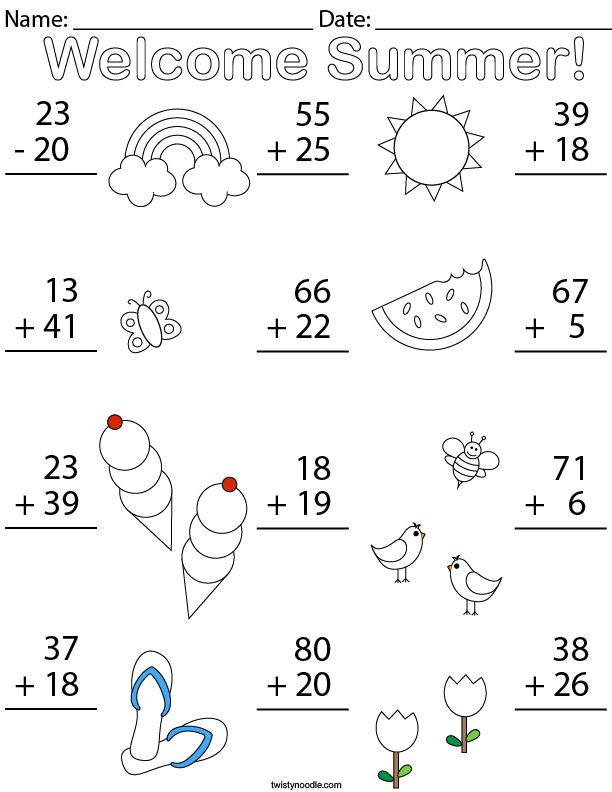 twistynoodle.com2 Digit Addition With Regrouping Worksheets - WorksheetsCity
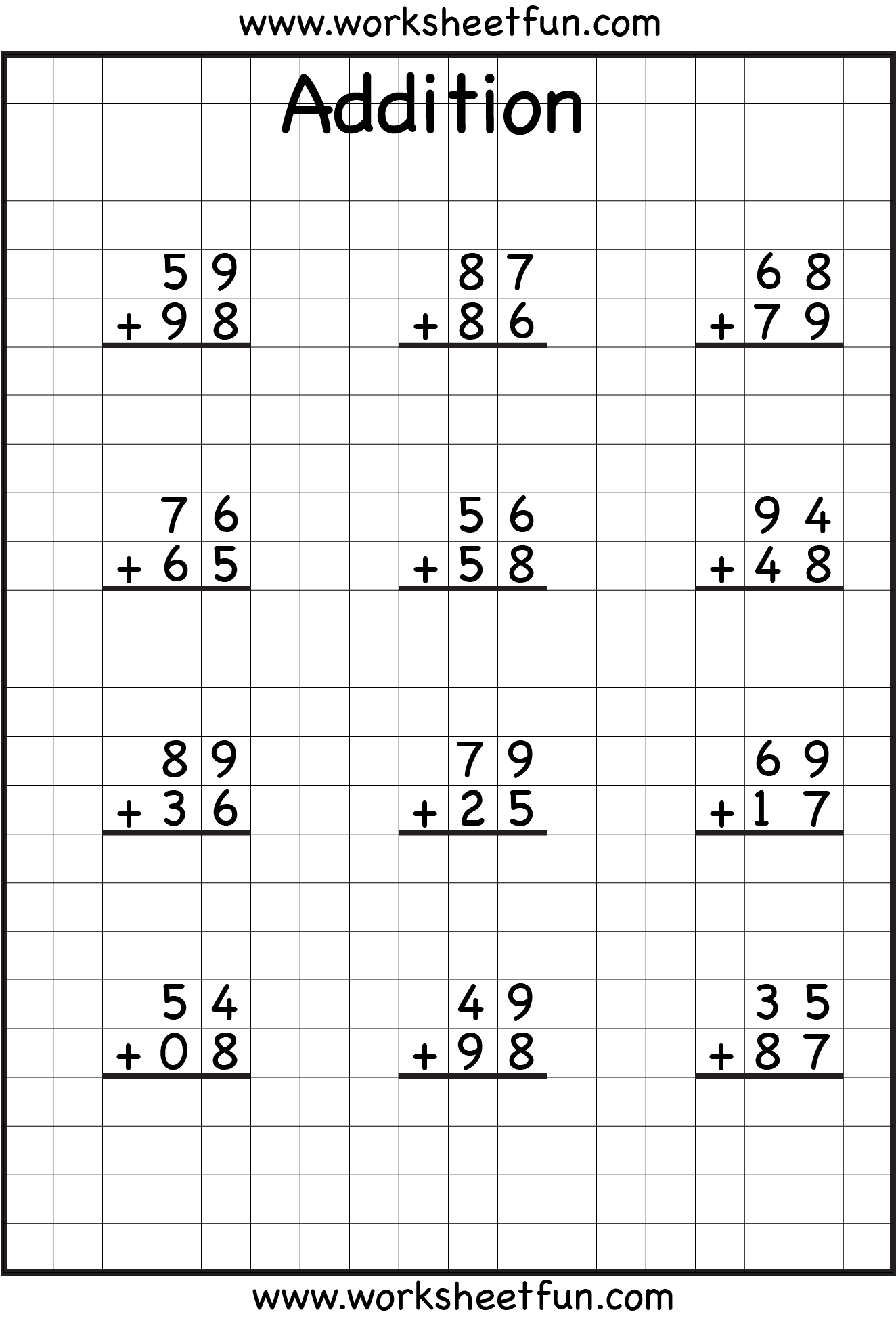 www.worksheetscity.comTwo-Digit Addition Worksheets | WorksheetsGO
www.worksheetscity.comTwo-Digit Addition Worksheets | WorksheetsGO
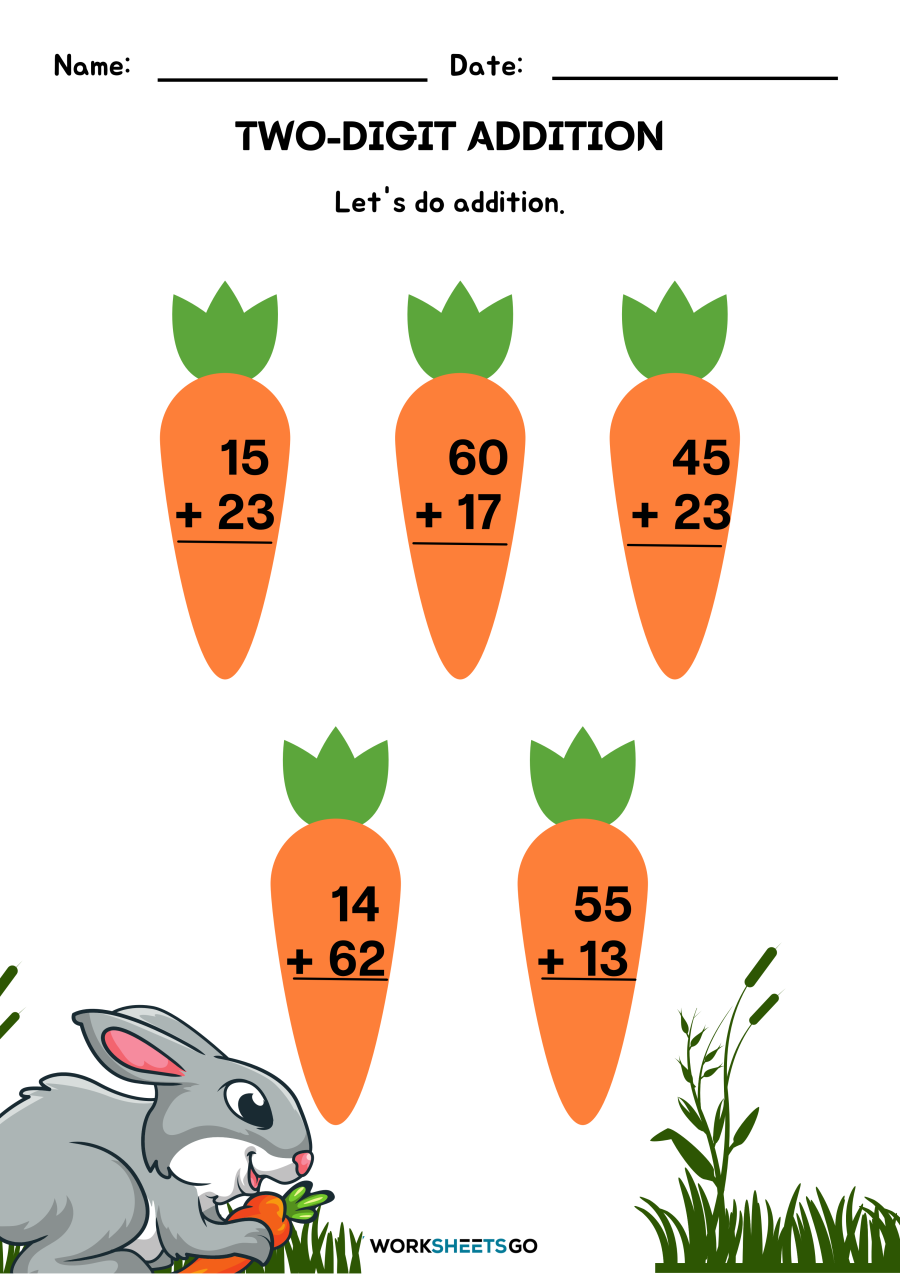 www.worksheetsgo.com2nd Grade Math Worksheets - 2-Digit Addition With Regrouping - Double
www.worksheetsgo.com2nd Grade Math Worksheets - 2-Digit Addition With Regrouping - Double
 shop.luckylittlelearners.com2 Digit Addition Worksheets With Answer Key
shop.luckylittlelearners.com2 Digit Addition Worksheets With Answer Key
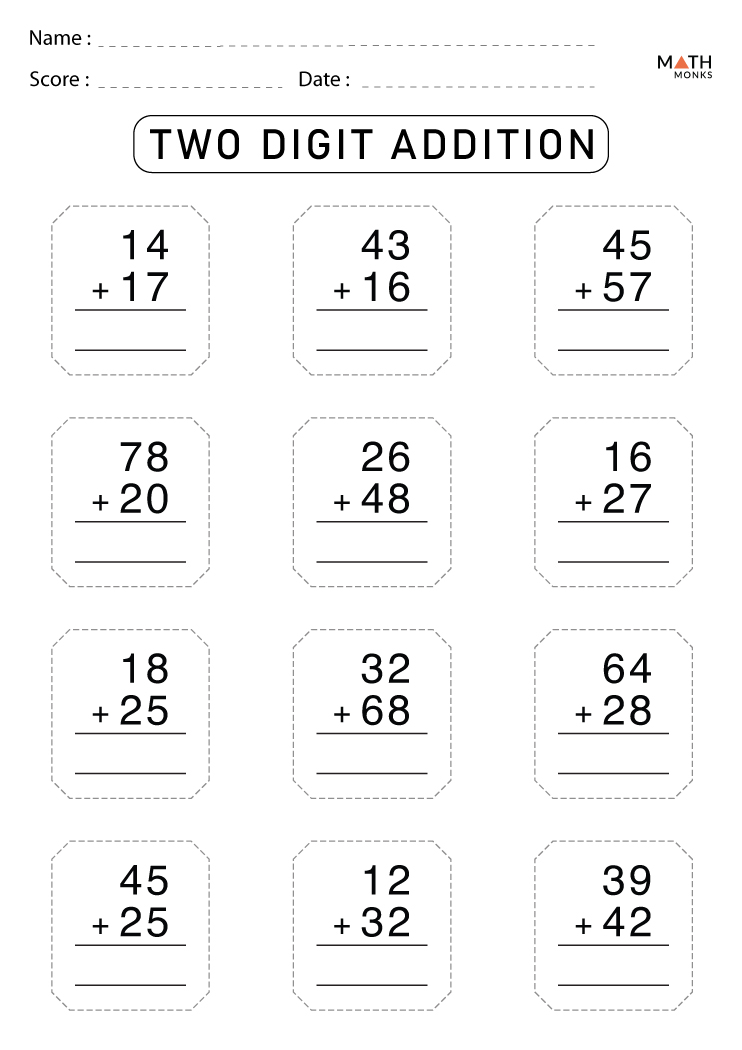 mathmonks.comTwo Digit Addition Worksheets - Math Worksheets Printable
mathmonks.comTwo Digit Addition Worksheets - Math Worksheets Printable
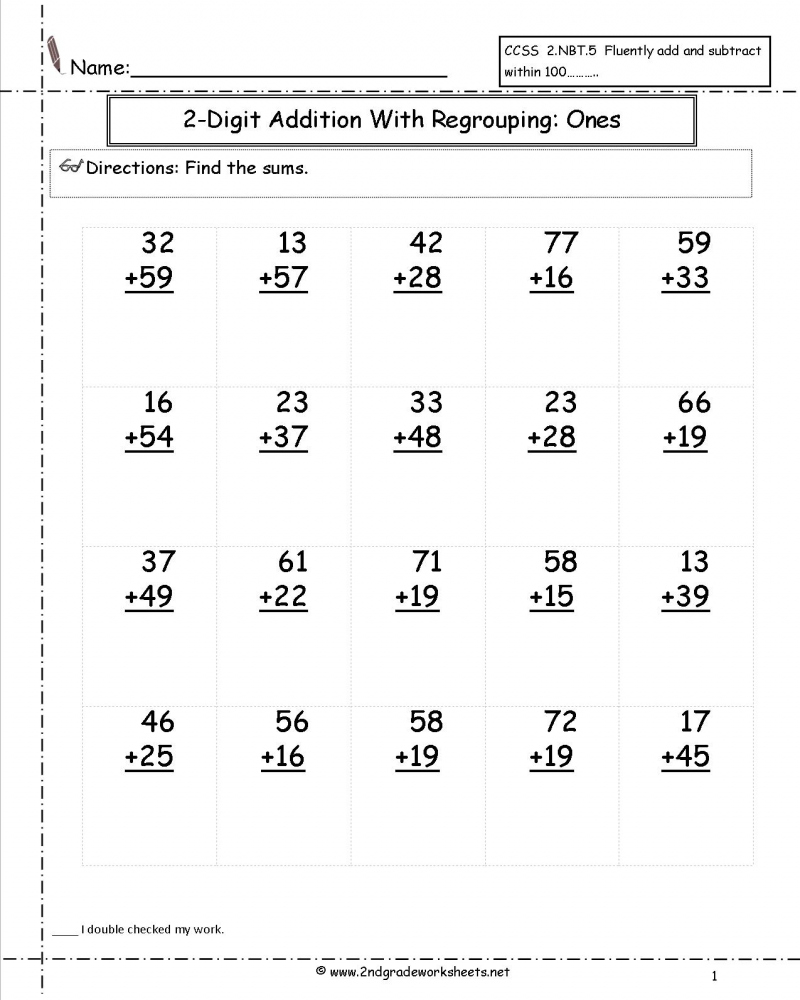 mathworksheetprintable.comworksheets digit
mathworksheetprintable.comworksheets digit
2 Digit Addition With Regrouping Worksheets - WorksheetsCity
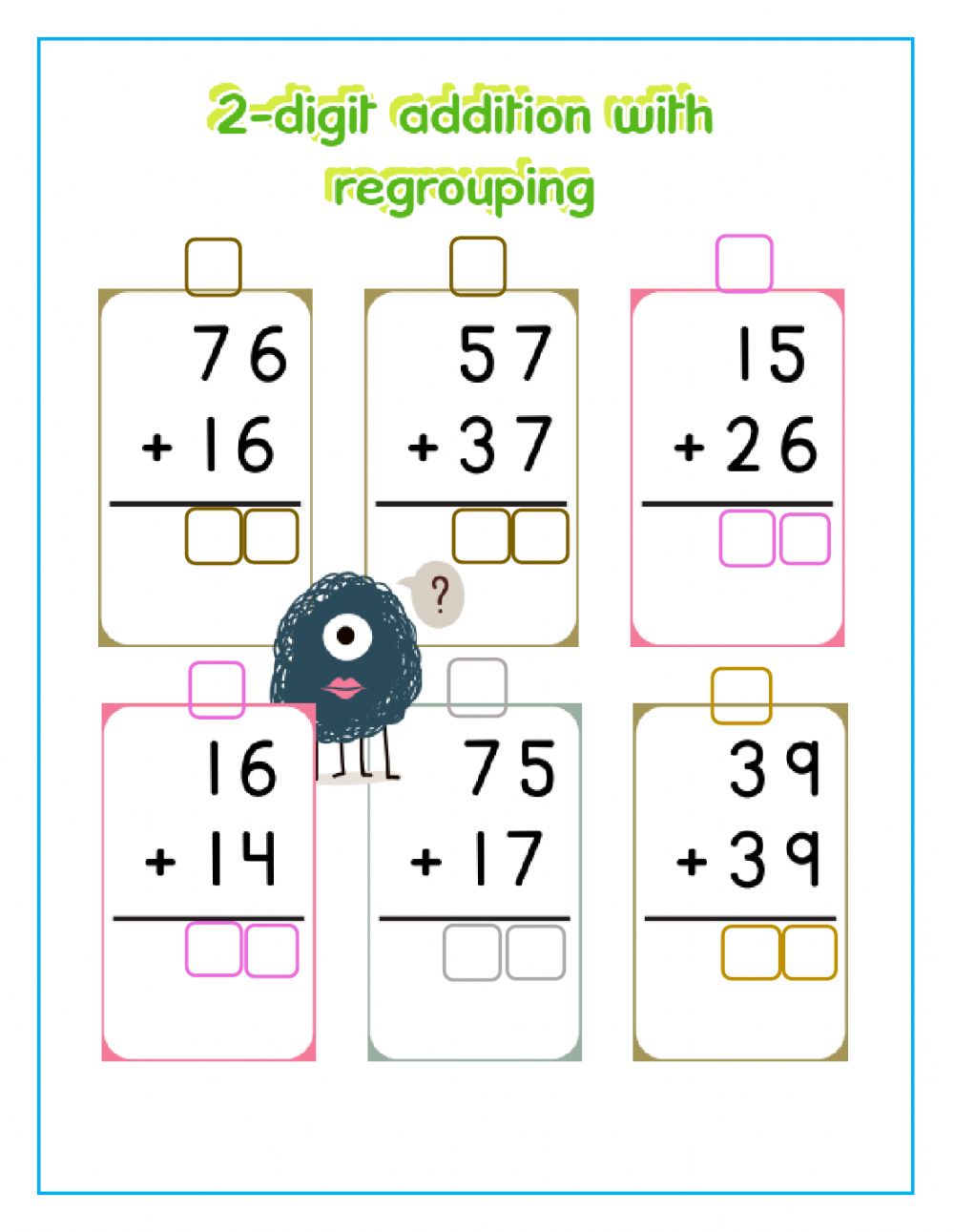 www.worksheetscity.com2 Digit Addition Worksheets With Carrying
www.worksheetscity.com2 Digit Addition Worksheets With Carrying
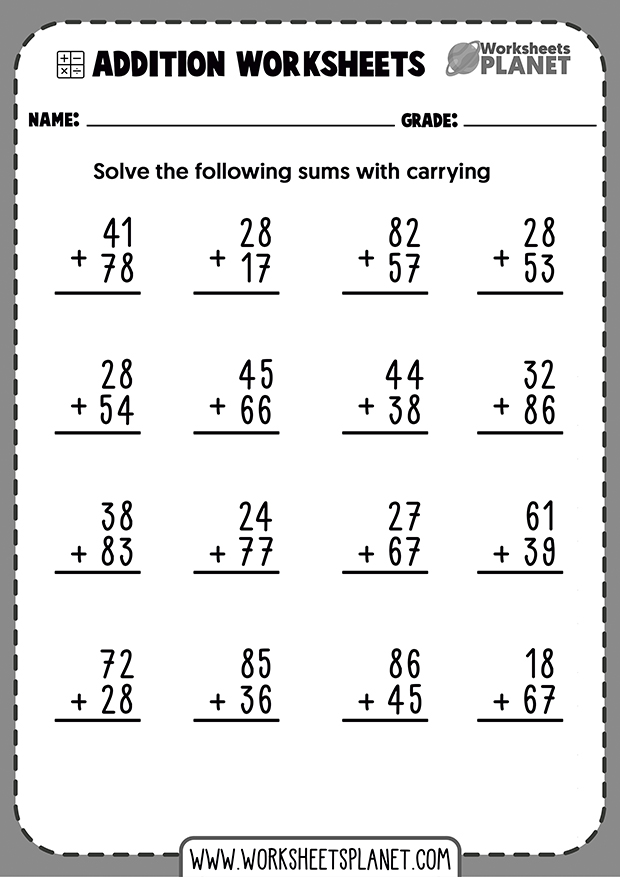 www.worksheetsplanet.comdigit worksheets carrying worksheetsplanet
www.worksheetsplanet.comdigit worksheets carrying worksheetsplanet
Free 2 Digit Addition Math Worksheet – No Regrouping - Worksheets4Free
 worksheets4free.comAddition Worksheets With Regrouping Free
worksheets4free.comAddition Worksheets With Regrouping Free
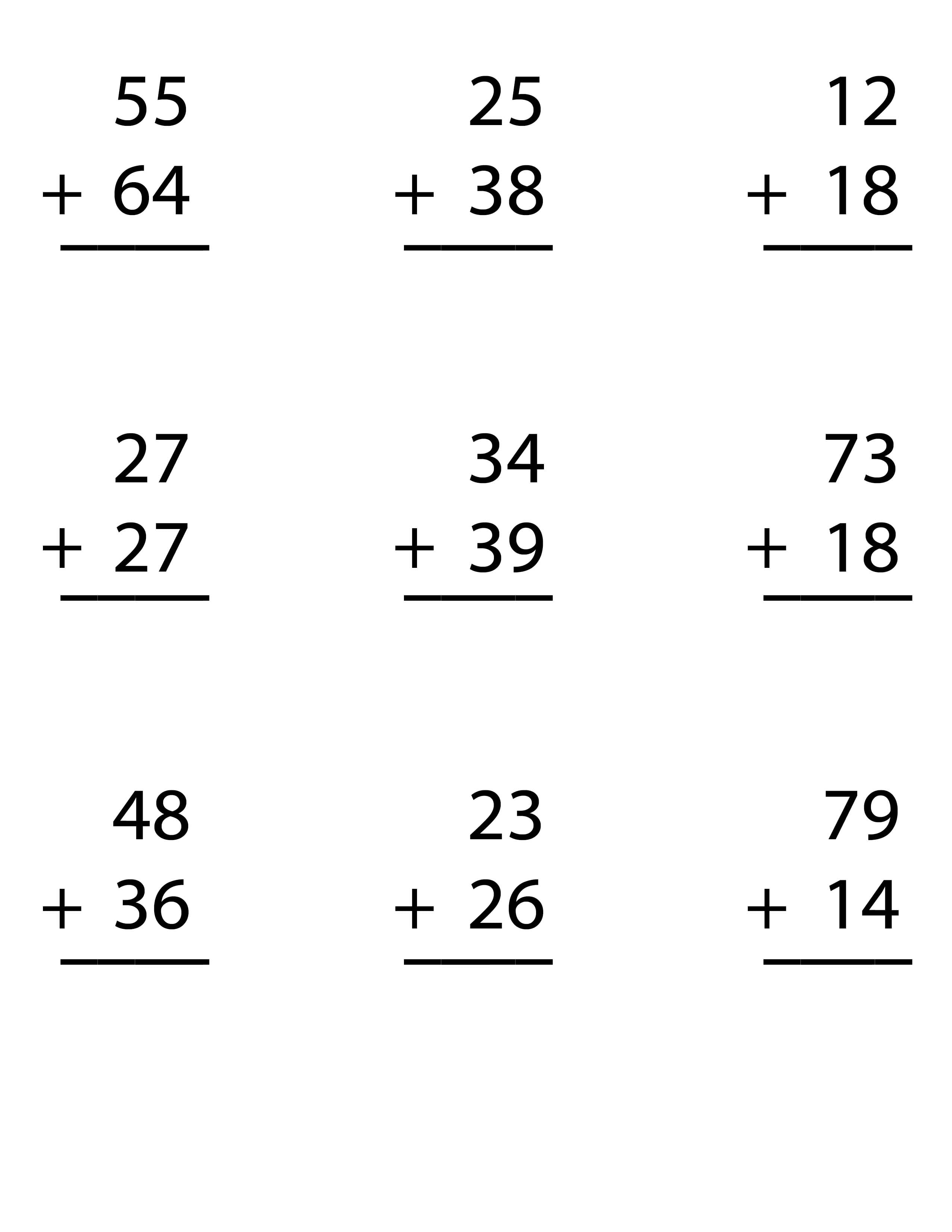 manualbinnebascyt.z21.web.core.windows.netWhy Worksheets Stand Out Worksheets are beyond simply pen and paper exercises. They strengthen concepts, encourage self guided problem solving, and supply a visible tool to track success. But get this the twist: when they’re smartly made, they can additionally be fun. Can you wondered how a worksheet could act as a challenge? Or how it may inspire a kid to discover a subject they’d otherwise avoid? The key rests in diversity and originality, which we’ll look at through useful, fun suggestions.
manualbinnebascyt.z21.web.core.windows.netWhy Worksheets Stand Out Worksheets are beyond simply pen and paper exercises. They strengthen concepts, encourage self guided problem solving, and supply a visible tool to track success. But get this the twist: when they’re smartly made, they can additionally be fun. Can you wondered how a worksheet could act as a challenge? Or how it may inspire a kid to discover a subject they’d otherwise avoid? The key rests in diversity and originality, which we’ll look at through useful, fun suggestions.
1. Narrative Fun Through Gap Fillers Rather than standard blank completion tasks, attempt a tale driven approach. Provide a quick, odd story beginning like, “The pirate crashed onto a glowing shore where…” and add gaps for words. Kids plug in them in, creating silly narratives. This ain’t just sentence practice; it’s a innovation enhancer. For small kids, include funny cues, while older teens might handle detailed terms or story changes. What story would a person write with this idea?
2. Puzzle Packed Calculation Activities Arithmetic shouldn’t come across like a chore. Create worksheets where figuring out sums reveals a game. Imagine this: a layout with digits sprinkled across it, and each correct solution shows a section of a secret image or a secret phrase. Instead, make a crossword where hints are calculation problems. Short sum problems might suit starters, but for experienced kids, complex equations could heat it up. The active task of working keeps students hooked, and the bonus? A vibe of pride!
3. Search Game Form Investigation Convert research into an adventure. Plan a worksheet that’s a scavenger hunt, guiding kids to find details about, perhaps, wildlife or old time figures. Add tasks like “Locate a mammal that hibernates” or “List a ruler who reigned before 1800.” They can search pages, online sources, or even talk to parents. Because the task looks like a quest, engagement skyrockets. Combine this with a next step question: “Which fact stunned you most?” In a flash, dull learning transforms into an fun journey.
4. Creativity Meets Learning Which person claims worksheets cannot be colorful? Combine art and study by providing room for drawings. In nature, children may mark a animal cell and draw it. History buffs could illustrate a moment from the Civil War after solving prompts. The process of drawing cements learning, and it’s a relief from text heavy worksheets. For change, prompt them to sketch a thing silly connected to the topic. Which would a cell cell seem like if it planned a celebration?
5. Role Play Scenarios Grab imagination with acting worksheets. Offer a story—for instance “You’re a leader planning a community event”—and list tasks or steps. Students would calculate a cost (math), draft a message (English), or map the day (geography). While it’s a worksheet, it seems like a adventure. Complex situations can challenge bigger learners, while simpler ideas, like arranging a family show, work for little kids. This approach mixes subjects perfectly, teaching how abilities link in the real world.
6. Connect Words Word worksheets can pop with a mix and match angle. Place phrases on one column and funny descriptions or cases on the opposite, but toss in a few fake outs. Children connect them, smiling at wild mistakes before getting the proper links. As an option, connect words with drawings or similar words. Brief phrases hold it crisp: “Match ‘gleeful’ to its sense.” Then, a bigger activity appears: “Draft a phrase featuring both connected terms.” It’s fun yet learning focused.
7. Real World Issues Take worksheets into the today with real world challenges. Present a task like, “What method would you shrink trash in your space?” Kids dream up, write plans, and detail one in specifics. Or attempt a planning activity: “You’ve own $50 for a party—which things do you purchase?” These exercises teach critical thinking, and as they’re relatable, kids keep invested. Pause for a moment: how many times do a person fix challenges like these in your everyday world?
8. Interactive Team Worksheets Collaboration can raise a worksheet’s power. Plan one for small teams, with each kid handling a bit before joining answers. In a history unit, one could jot dates, another happenings, and a third consequences—all linked to a sole theme. The group then discusses and presents their results. While personal effort is key, the team goal builds collaboration. Shouts like “Us rocked it!” typically arise, demonstrating learning can be a shared game.
9. Puzzle Figuring Sheets Draw on curiosity with secret focused worksheets. Start with a puzzle or hint—for example “A beast stays in the sea but inhales oxygen”—and supply questions to pinpoint it in. Students apply thinking or study to solve it, noting responses as they go. For stories, parts with gone details work too: “Who exactly snatched the prize?” The tension grabs them focused, and the method improves thinking skills. What mystery would you enjoy to unravel?
10. Thinking and Dream Setting End a topic with a looking back worksheet. Invite kids to scribble out items they gained, things that pushed them, and only one target for later. Simple starters like “I am thrilled of…” or “Later, I’ll try…” do great. This isn’t graded for rightness; it’s about knowing oneself. Combine it with a playful angle: “Sketch a award for a thing you owned.” It’s a soft, powerful approach to close up, blending insight with a dash of delight.
Wrapping It Everything Up These suggestions prove worksheets aren’t locked in a rut. They can be games, tales, sketch pieces, or shared tasks—anything fits your kids. Start small: pick only one suggestion and tweak it to match your lesson or style. Quickly very long, you’ll possess a group that’s as fun as the people working with it. So, what exactly holding you? Grab a pencil, dream up your personal take, and observe interest jump. Which one plan will you start with first?